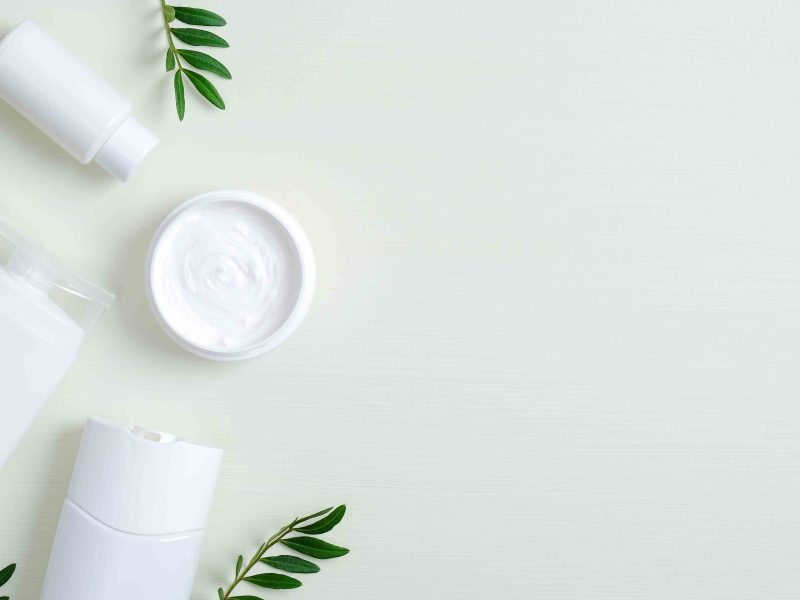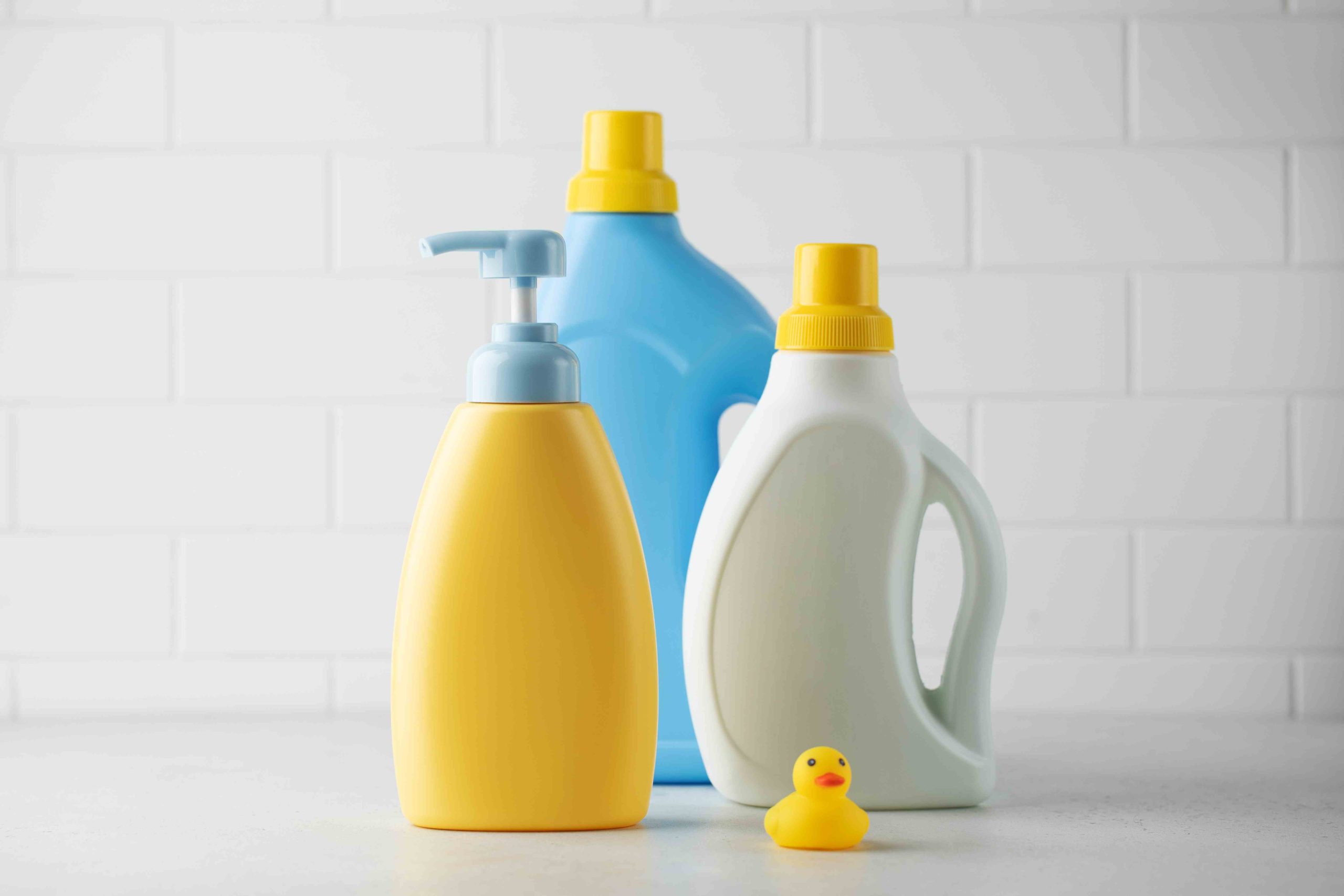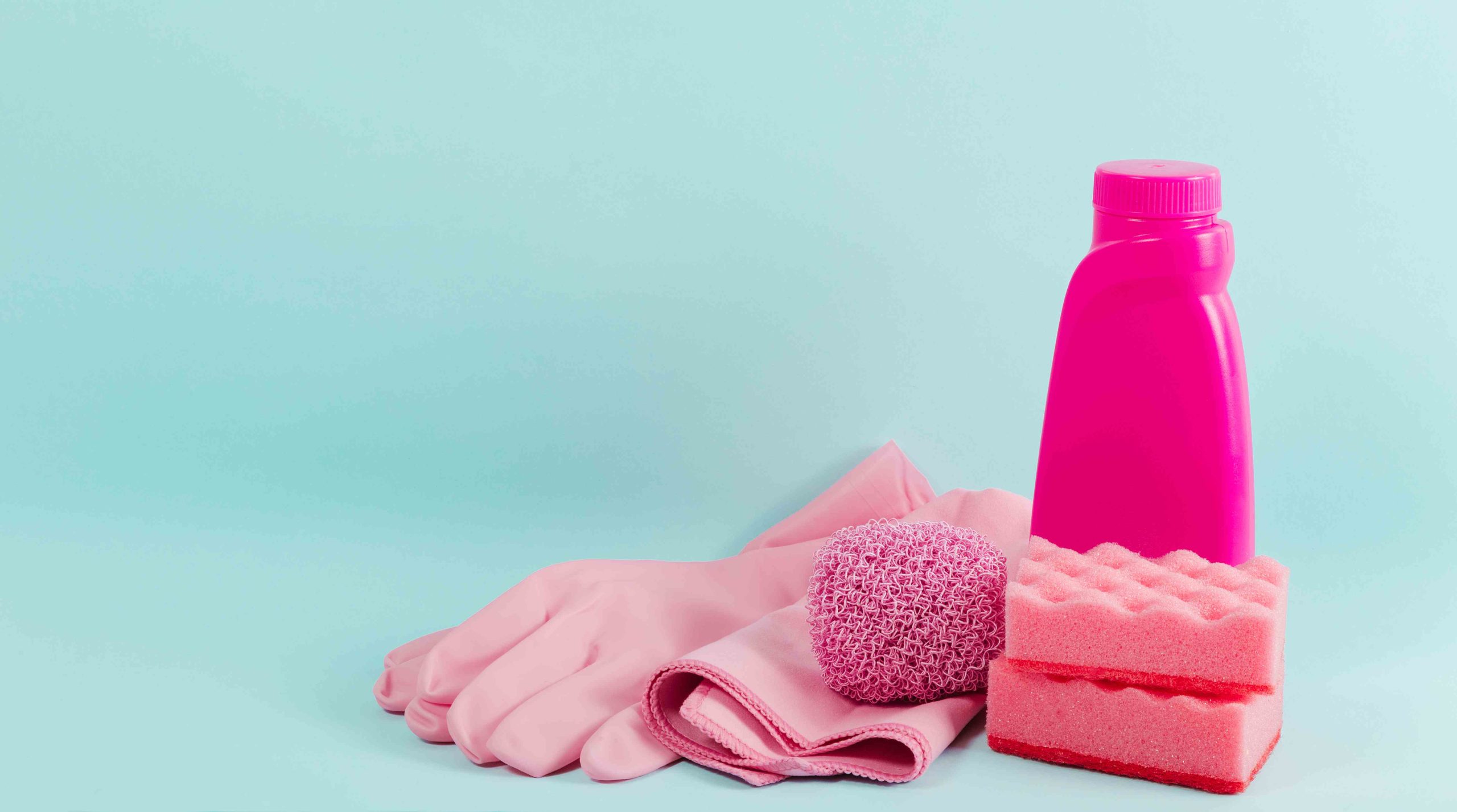
- Surfactants, or surface active agents, are compounds that lower surface tension and are widely used in cleaning products and industries.
- They have a dual structure with water-loving and water-repelling parts, forming micelles at a certain concentration, known as the Critical Micelle Concentration (CMC).
- Research suggests they are classified into anionic, cationic, non-ionic, and amphoteric types, each with specific uses like detergents and personal care products.
- It seems likely that production methods include synthetic (from petrochemicals) and biological (from natural sources), with a trend towards eco-friendly options.
- The evidence leans toward surfactants being crucial in detergents, personal care, and industrial applications, with growing demand for sustainable, biodegradable versions.
What Are Surfactants?
Surfactants, short for surface active agents, are chemicals that reduce the surface tension between liquids or between a liquid and a solid. This makes them essential in products like soaps, shampoos, and detergents, helping to clean by lifting dirt and oil. They work by having a unique structure: one part loves water (hydrophilic) and the other repels water (hydrophobic), allowing them to mix substances that normally wouldn’t mix, like oil and water.
How Do They Work?
Surfactants work by arranging themselves at interfaces, like the surface of water, to lower tension. When added to water, they first spread out, then at a certain concentration—called the Critical Micelle Concentration (CMC)—they form micelles. These are tiny clusters where the water-repelling parts huddle inside, and the water-loving parts face outward, helping to trap and remove oil-based dirt.

Types and Uses
Surfactants come in four main types:
- Anionic: Negatively charged, like sodium lauryl sulfate (SLS), used in soaps and detergents.
- Cationic: Positively charged, like quaternary ammonium compounds, found in fabric softeners.
- Non-ionic: No charge, like alkyl poly(ethylene oxide), used in emulsifiers.
- Amphoteric: Can be both charged, like betaines, gentle for personal care products.
Each type has specific roles, from cleaning to stabilizing mixtures in food and medicine. For example, taurate surfactants, a type of amphoteric, are noted for their mildness and are increasingly used in shampoos and face washes.
Unexpected Detail: Market Growth
While you might expect surfactants to be stable, the market is booming, projected to hit USD 796.1 billion by 2033, growing at 5.2% annually, driven by demand for eco-friendly options, according to recent reports like Surfactants Market Size.
Survey Note: Comprehensive Analysis of Surfactants
Surfactants, or surface active agents, are compounds pivotal to numerous industries, known for their ability to lower surface tension and facilitate mixing of immiscible substances. This analysis, based on provided details and supplemented by web research, explores their molecular structure, classification, production, applications, and future trends, aiming to provide a thorough understanding for both general and technical audiences.
Molecular Structure and Properties
Surfactants exhibit a dual nature, with a hydrophilic (water-loving) head and a hydrophobic (water-repelling) tail, termed amphiphilic. This structure enables them to adsorb at interfaces, such as water-air or water-oil, reducing surface tension. In aqueous solutions, they initially form a monolayer at the surface. As concentration increases, they reach the Critical Micelle Concentration (CMC), where they aggregate into micelles—spherical structures with hydrophobic tails inward and hydrophilic heads outward. This micelle formation is crucial for properties like emulsification and detergency, enhancing cleaning by encapsulating oil-based dirt.
The CMC varies by surfactant type and temperature, a detail critical for industrial applications. For instance, at CMC, solutions exhibit significant changes in properties like penetration and foaming, vital for detergent performance.
Classification of Surfactants
Surfactants are categorized by their ionic nature in water:
- Anionic Surfactants: Feature a negatively charged hydrophilic group, such as -SO3- or -COO-. Examples include sodium lauryl sulfate (SLS) and linear alkylbenzene sulfonate (LAS), widely used in detergents and soaps for their strong cleaning power. Web research confirms SLS and LAS are staples, with SLS often in personal care for foaming.
- Cationic Surfactants: Have a positively charged group, like -NR3+, exemplified by quaternary ammonium compounds, used in fabric softeners and hair conditioners for their conditioning properties.
- Non-ionic Surfactants: Lack charge, with hydrophilic groups like polyoxyethylene chains. Examples include alkyl poly(ethylene oxide), used in emulsifiers and detergents for compatibility with hard water, as noted in Surfactant Trends in 2023.
- Amphoteric Surfactants: Can exhibit both positive and negative charges based on pH, with examples like betaines and taurates. Taurates are mild, with good foaming, ideal for personal care products like shampoos and face washes.
This classification is supported by a table summarizing key details:
| Type | Hydrophilic Group | Examples | Applications |
|---|---|---|---|
| Anionic | Negatively charged (e.g., -SO3-, -COO-) | Sodium lauryl sulfate (SLS), Linear alkylbenzene sulfonate (LAS) | Detergents, soaps |
| Cationic | Positively charged (e.g., -NR3+) | Quaternary ammonium compounds | Fabric softeners, hair conditioners |
| Non-ionic | No charge (e.g., polyoxyethylene chain) | Alkyl poly(ethylene oxide) | Emulsifiers, detergents, wetting agents |
| Amphoteric | Both positive and negative charges | Betaines, taurates | Personal care products |
The provided text notes surfactants are not always pure, often containing homologues, which can affect performance but is less relevant for general audiences.
Production Methods
Surfactants are produced via synthetic and biological methods:
- Synthetic Methods: Predominantly from petrochemicals, involving processes like sulfonation for anionic surfactants like LAS. The text details LAS production, including SO3/air systems and membrane sulfonation, enhancing efficiency and reducing costs.
- Biological Methods: Involve natural sources or microbial fermentation, producing biosurfactants like rhamnolipids. Web research, such as Microbial production of surfactants, highlights their environmental benefits, with lower toxicity and biodegradability, aligning with sustainability trends.
The shift towards biological methods is driven by environmental concerns, with plant oils and sugars gaining traction as raw materials, as noted in industry trends from Top 7 Trends In Surfactant Technology.

Applications of Surfactants
Surfactants are versatile, with applications spanning multiple sectors:
- Detergents and Cleaning Agents: Essential for removing dirt and oil, leveraging emulsification and solubilization. Examples include laundry detergents using LAS and SLS, as per Types of Surfactants Used in Detergents.
- Personal Care Products: Used in shampoos, soaps, and toothpastes for cleaning and foaming, with amphoteric surfactants like taurates preferred for mildness.
- Emulsifiers: Stabilize oil-water mixtures in food (e.g., mayonnaise) and pharmaceuticals, enhancing product stability.
- Wetting Agents: Improve pesticide spreading in agriculture, increasing efficacy.
- Foam Stabilizers: Used in fire extinguishers and cosmetics for foam maintenance.
Environmental Considerations and Future Trends
Traditional surfactants, especially petrochemical-based, pose environmental risks, being persistent and toxic to aquatic life. The text and web research, like Surfactants Market Growth, indicate a shift towards eco-friendly options. The market, projected at USD 796.1 billion by 2033 with a 5.2% CAGR, reflects this demand, driven by regulatory pressures and consumer preference for sustainability.
- Green Surfactants: Derived from renewable sources, they are biodegradable, with examples like biosurfactants from plant oils, reducing environmental impact.
- Biotechnology: Advances are producing novel biosurfactants, with research like Microbial production of surfactants showing commercial potential.
- Regulatory Compliance: Stricter laws push for sustainable products, with trends like taurate surfactants gaining traction for their mildness and biodegradability.
Conclusion
Surfactants are indispensable, with diverse applications and a growing market. Their amphiphilic nature drives functionality, while classification into anionic, cationic, non-ionic, and amphoteric types caters to specific needs. Production methods are evolving towards biological, reflecting environmental priorities. As sustainability becomes paramount, eco-friendly surfactants will shape future developments, ensuring their role in modern industries continues to expand.
